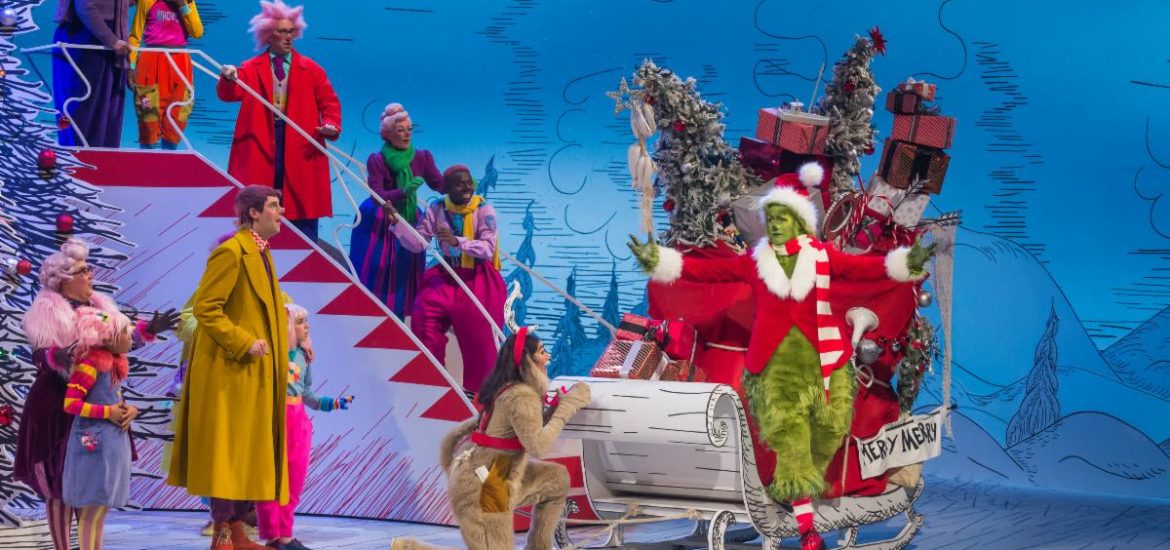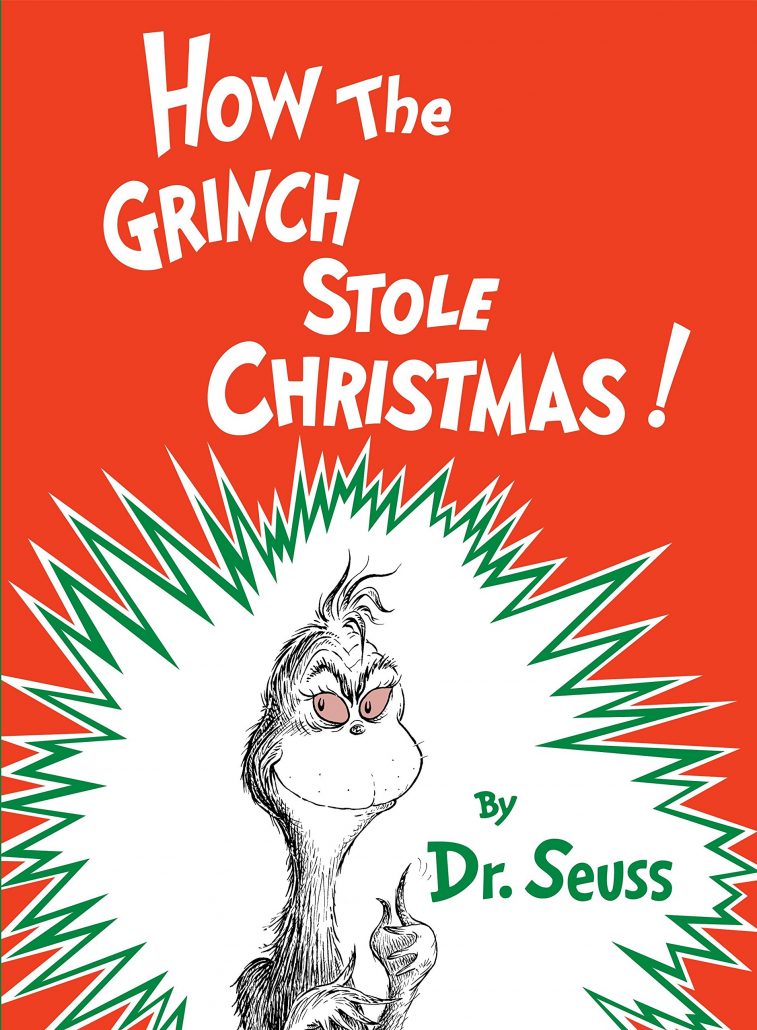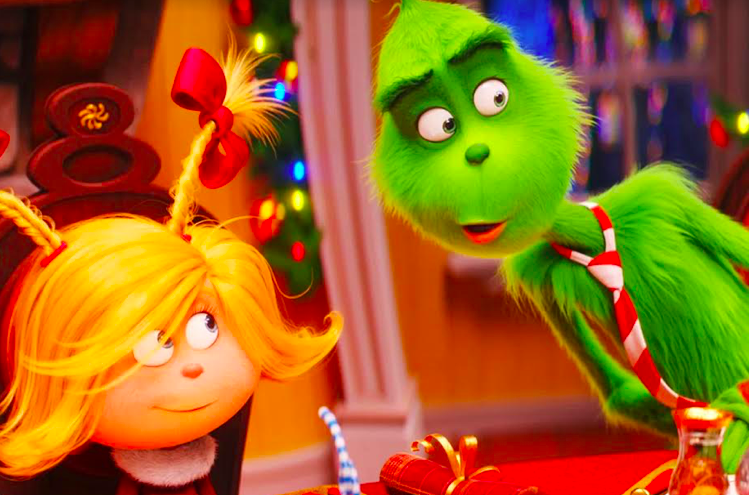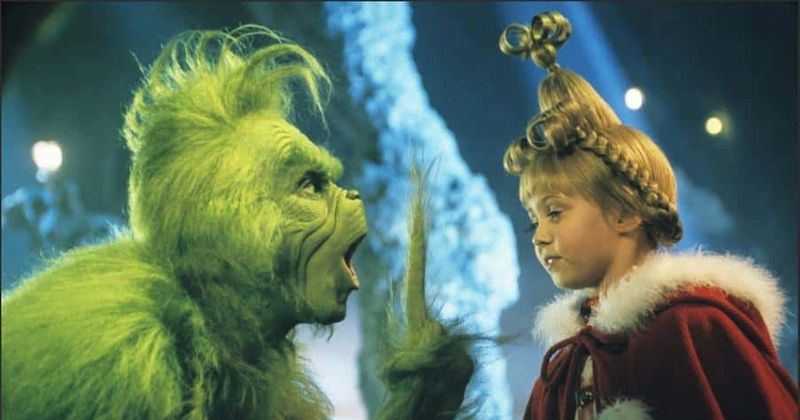There are many Christmas classic movies we’ve grown up with, from Rudolph the Red-Nosed Reindeer to Miracle on 34th Street. But straight from the childhood treasure box is the story of How the Grinch Stole Christmas that allowed us to welcome Christmas into our hearts and we learned the true meaning of the season. The Grinch’s iconic tale has lived through many iterations since its 1957 as a children’s book. If you don’t remember the classic 1966 TV special, then you’ve probably grown up with the 2000 adaptation featuring the outrageous Jim Carrey. Or maybe the new 2018 animated feature titled simply The Grinch is your favorite Grinch-centric storyline. Whatever the case, Dr. Seuss’s Christmas anti-hero has stuck with us for over 50 years. Let’s take a look at the origins of this Christmas story.
Dr. Seuss, otherwise known as Theodor Seuss Geisel, wasn’t always a popular children’s author. He went to college for English literature but eventually dropped out of his doctorate program to begin a career in drawing. He worked in advertising until 1936, when he published his first book, And to Think That I Saw It on Mulberry Street. It wasn’t so easy to get the children’s book off the ground as 27 publishers rejected it. Dr. Seuss wrote over 60 children’s books throughout his career, including much-loved titles like The Cat in the Hat, Green Eggs and Ham, and Oh! The Places You’ll Go. Dr. Seuss’s work often addressed issues like environmentalism in The Lorax, internationalism in Horton Hears a Who, and racial divides in The Sneetches.
The Grinch was born from a Dr. Seuss had already used the name “grinch” in a previous book, Scrambled Eggs Super! Dr. Seuss also had originally planned for the Grinch be a fast-talking salesman-type character (more like Jim Carrey’s whacky Grinch antics). How the Grinch Stole Christmas, the 17th title Dr. Seuss completed, tackled a few issues. The Grinch is a solitary sour puss who purposely isolates himself to look down on society. Meanwhile, the Whos are portrayed as greedy consumers, turning Christmas into a materialistic nightmare with their Flu Floopers and Slu Slumkers. Of course, we learn in the end that the true meaning of Christmas doesn’t come with ribbons or tags nor packages, boxes, and bags, but from the heart. Jim Carrey’s version of the Grinch gave the cantankerous, slimy eel a more comedic edge while also emphasizing the need for family and fellowship in the Christmas season.
How the Grinch Stole Christmas made its way not only to film and television but also to the stage. It was adapted for the stage in 1994 and then graduated to a full-blown Broadway musical in 2006. Since then, Broadway tours of How the Grinch Stole Christmas have been a holiday theater staple. This year, this classic Christmas tale is set to take over as the next live adaptation of a musical airing on NBC. In the past, we’ve seen Peter Pan Live!, Hairspray Live!, and The Sound of Music Live!. This year Dr. Seuss’s The Grinch Musical Live! will make its premiere with Matthew Morrison, aka Glee’s Mr. Schue as the green grump himself.
The Grinch will forever be a reminder to us at the Holidays, much like Ebenezer Scrooge, that Christmas cheer and goodwill can melt the frostiest of hearts and maybe make them just a little bigger.








